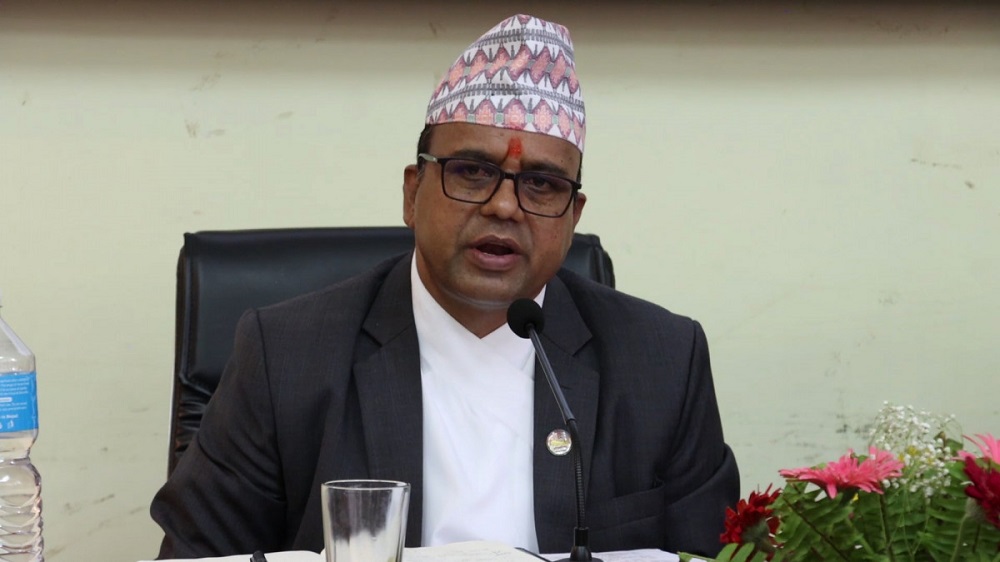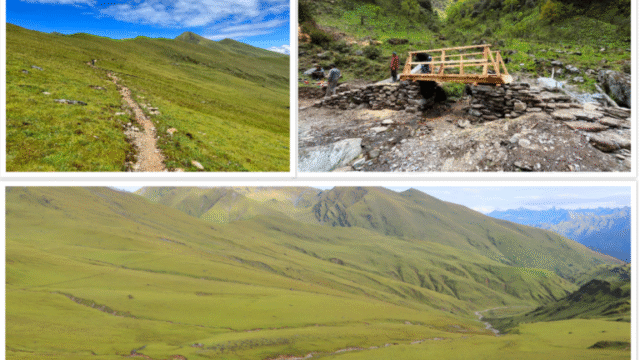In a significant move to preserve Nepal’s rich cultural legacy and promote tourism, Minister for Culture, Tourism and Civil Aviation, Mr. Badri Prasad Pandey, announced that preparations are underway to nominate Tilaurakot of Kapilvastu and Panauti of Kavrepalanchok for inclusion in the UNESCO World Heritage List.
Speaking at a special event organized by the Department of Archaeology on the occasion of International Museum Day, held at the historic Hanumandhoka Durbar Square, Minister Pandey emphasized Nepal’s growing efforts to gain global recognition for its underrepresented cultural sites. The ministry aims to upgrade and systematically manage these sites as part of the World Heritage nomination process.
Museums as Global Attractions
Minister Pandey underscored the immense potential of Nepali museums in attracting both domestic and international tourists. He stated, “Just as visitors flock to the Louvre in France to see the Mona Lisa, those who visit Nepal’s museums can admire the intricately carved wooden statue of Nrityadevi. This piece is no less than the Asian Mona Lisa.”
He further elaborated that unique artifacts such as ivory carvings preserved in Nepalese museums can help showcase the nation’s rich craftsmanship and cultural wealth globally. With strategic management and promotion, Nepal’s museums can draw hundreds of thousands of visitors annually.
Nepal’s Cultural Legacy Abroad
The minister also shed light on Nepal’s international cultural presence, noting that centuries-old Nepali artifacts are still preserved in institutions like Germany’s Heidelberg University, which boasts a 700-year-old legacy. These global connections, he said, reinforce the historical significance and appeal of Nepal’s cultural heritage.
Hanumandhoka’s Noutale Durbar Reopens
The event also marked the official reopening of the Noutale Durbar (Nine-Storeyed Palace) in the Basantapur area, which was severely damaged during the 2015 earthquake (B.S. 2072). Minister Pandey inaugurated the restored palace by visiting its ninth floor and praised the faithful reconstruction work, which adhered to the original Lichhavi-era architectural style.
He expressed pride in Nepal’s traditional craftsmanship, stating that even today, artisans capable of restoring ancient monuments to their original glory still exist in the country. The reopening is expected to be a new highlight for cultural tourism in the Kathmandu Valley.
Call for Heritage Protection Across the Valley
Highlighting other prominent sites, the minister emphasized the need for continued heritage conservation in areas such as Patan Durbar Square, Bhaktapur Durbar Square, and traditional neighborhoods like Hadigaun. He noted that foreign tourists are increasingly drawn to these historical locations, which represent Nepal’s unique cultural identity.
Parliamentarians Stress Cultural Accessibility
Parliamentarian Sapana Rajbhandari pointed out that despite the completion of the Kasthamandap reconstruction years ago, it has yet to be fully opened to the public. She warned that delays in public access could contribute to the fading of traditional culture and urged the Ministry to act promptly.
Similarly, MP Maina Karki emphasized that national prosperity could be achieved through the preservation and promotion of heritage. She called for more focused efforts from the ministry to safeguard important cultural assets throughout the country.
Progress on Earthquake Reconstruction
Director General of the Department of Archaeology, Saubhagya Pradhanang, provided updates on post-earthquake reconstruction projects. He mentioned that the Chinese government had taken on the reconstruction of two major historic structures the Noutale Durbar in Kathmandu and the Saat Tale Durbar in Nuwakot. The Noutale Durbar has now been completed and is open to the public as of today.
Celebrating International Museum Day
The event also commemorated International Museum Day, which is celebrated globally on May 18. This year, the observance extended over three days, featuring a variety of activities to raise awareness about Nepal’s museum culture.
Jayanti Pradhan, head of the Bhaktapur-based Art Museum, highlighted that Nepal has been celebrating the day since 1977 and confirmed that the tradition will continue in the coming years.
Meanwhile, Kajiman Pyakurel, chief of the Hanumandhoka Durbar Caretaking Office, announced the conclusion of this year’s celebration program. The event also included the honoring of cultural contributors involved in preserving traditional music and arts, especially those who have played a vital role in continuing the practice of playing mangal dhun (auspicious tunes) in temple courtyards and royal palaces.






